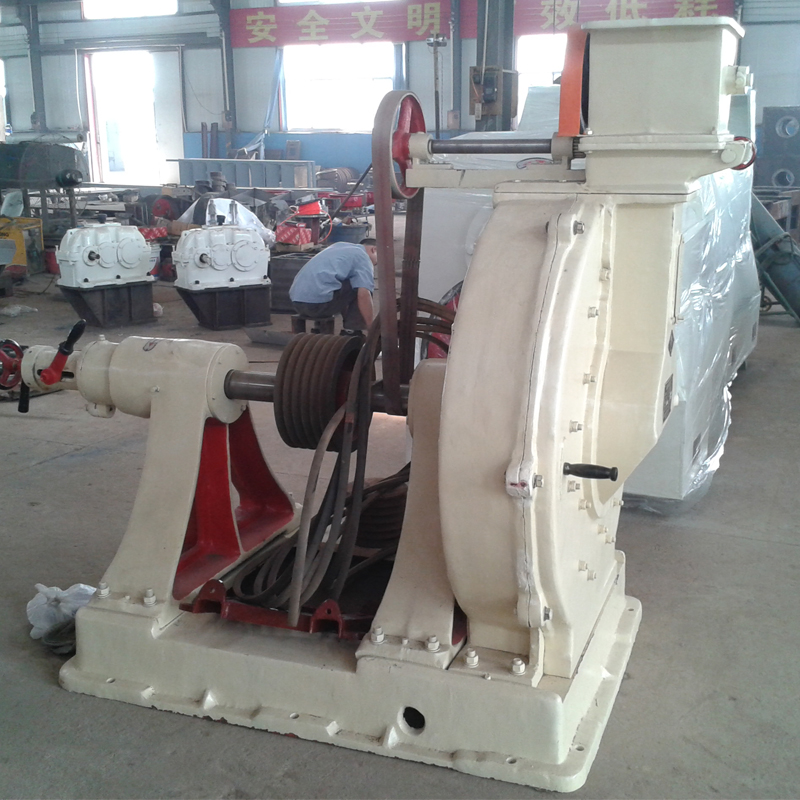Oct . 11, 2024 02:14 Back to list
Explore the Best Deals on High-Quality Disc Centrifuges for Purchase Today
Exploring the Benefits of Buying a Disc Centrifuge
In the realm of industrial processing and laboratory applications, the significance of centrifugal separation cannot be overstated. Among the various types of centrifuges, the disc centrifuge stands out for its efficiency and effectiveness in separating liquids and solids at a rapid pace. In this article, we will explore the numerous advantages of investing in a disc centrifuge, highlighting its applications, efficiency, and value in various industries.
What is a Disc Centrifuge?
A disc centrifuge is a specialized type of centrifuge that features a series of stacked discs within a bowl. This unique design enhances the settling process by creating a larger surface area for separation, which allows for higher throughput and improved clarity of the final product. Disc centrifuges are particularly useful in applications that require the separation of fine particles from liquids, such as in the food, pharmaceutical, and petrochemical industries.
Applications of Disc Centrifuges
1. Food and Beverage Industry Disc centrifuges are widely used for clarifying juices, oils, and fermented products. They efficiently separate suspended solids, which helps in achieving high-quality, clear liquids. Their ability to operate continuously makes them an excellent choice for large-scale production.
2. Pharmaceutical Manufacturing In the pharmaceutical industry, purity is paramount. Disc centrifuges excel in separating active ingredients from solvents and impurities, ensuring that the final product meets stringent quality standards. Their precision and reliability make them a staple in pharmaceutical production lines.
3. Wastewater Treatment In environmental applications, disc centrifuges are utilized to separate solids from liquid waste. They effectively concentrate sludge and reduce the volume of waste, thereby facilitating easier disposal and recycling processes.
4. Petrochemical Processes In the oil and gas industry, disc centrifuges play a crucial role in separating crude oil from water and solid impurities. Their robust design and efficiency are essential for maintaining the quality of the final petroleum products.
buy disc centrifuge

Advantages of Buying a Disc Centrifuge
1. High Efficiency The design of disc centrifuges allows for rapid separation, significantly reducing processing times compared to traditional centrifuges. This efficiency can lead to increased productivity and lower operational costs.
2. Cost-Effective While the initial investment in a disc centrifuge may be higher than other types of separation equipment, the long-term savings in labor, time, and energy costs make them a wise investment. Their durability and low maintenance requirements also contribute to their cost-effectiveness.
3. Versatility Disc centrifuges can handle a variety of materials, from viscous liquids to slurries. This versatility makes them suitable for a wide range of applications, reducing the need for multiple separation machines.
4. Improved Product Quality The ability of disc centrifuges to provide a clean separation helps ensure that final products meet quality standards. This is particularly important in industries such as food and pharmaceuticals, where product purity is essential.
5. Compact Design The compact nature of disc centrifuges requires less floor space than traditional centrifuges, making them suitable for facilities with limited space. This design also aids in easier installation and integration into existing processes.
Conclusion
In summary, the purchase of a disc centrifuge is a strategic decision for businesses looking to enhance their separation processes. With their high efficiency, versatility, and cost-effectiveness, these machines offer significant advantages across various industries. Investing in a disc centrifuge not only improves the quality of the final products but also enhances overall operational efficiency. As industries continue to evolve, having reliable and advanced separation technology such as disc centrifuges will undoubtedly play a key role in achieving business success and sustainability.
-
Oil Processing Equipment - High-Efficiency Flaking Machine
NewsJul.25,2025
-
High-Efficiency Peanut Oil Refined Machine for Quality Oil Production Leading Exporters & Companies
NewsJul.08,2025
-
High Efficiency Sunflower Seed Oil Press – Leading Cooking Oil Press Machine Factories & Suppliers
NewsJul.08,2025
-
High-Efficiency Soybean Oil Press Machine – Leading Exporters & Reliable Companies
NewsJul.07,2025
-
High-Efficiency Seed to Oil Extractor – Reliable Extraction Machinery for Your Business
NewsJul.07,2025
-
High-Quality Pressing Screw of Oil Expeller for Efficient Oil Extraction Leading Exporters & Manufacturers
NewsJul.06,2025
